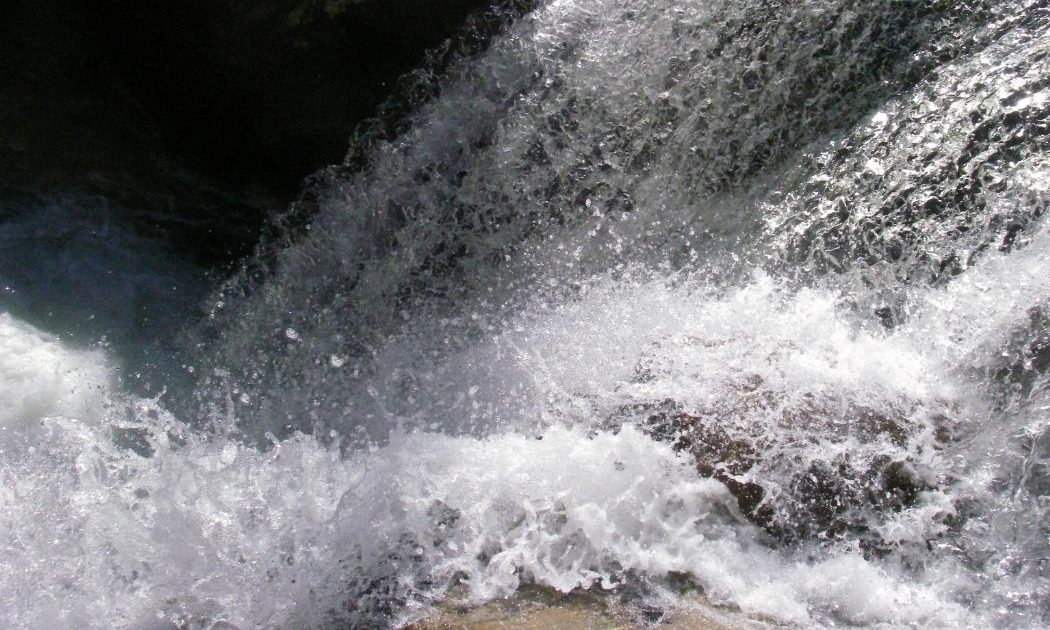This past week, heavy rain near my house brought the streams to bank-full and sent frantic torrents of brown water lilting downstream to the river. As I drove to work under dripping trees, over glistening pavement, and along a brook pregnant with standing waves, I meditated on the question of flow.
I strive for flow in my writing, but I don’t always know what that means. We use “flow” intuitively to discuss smooth things—transitions, organization of ideas, and a structure that guides a reader to a well-chosen conclusion—but it isn’t really a technical term. Watching the water move through its emergent waves, eddies, and cascades led me to realize that flow, in writing, can be a more useful analogy than its fuzzy definition may imply. If I embrace the facets of the idea, my writing can flow with the lazy smoothness of broad river in the afternoon sun. Or it can leap joyfully from rock to hole to rock, cascading through excitable rapids and pushing my reader to stay alert and engaged. And it can build slowly, piling up with invisible tension before pouring over dizzying heights and dropping my reader into a pool of unfathomable depth.
Smoothness has its value in writing, to be sure; the slow pace is right and appropriate for some topics, and some readers. But flow, I discover, can encompass so much more. There are topics that disdain a deliberate pace, arguments that scoff at lazy afternoons, and ideas that cannot soar without a great falls to give them lift.
I am seized with the urge to take a reader by the hand and go careening along together without that comfortable guidance. The flow is stronger than we are; writer and reader, we can take up our paddles and chart a course together. Let’s shoot the rapids, avoid the waves, and arrive, hearts pounding, at a final calm well-earned.
John Dunham
Antioch Virtual Writing Center

